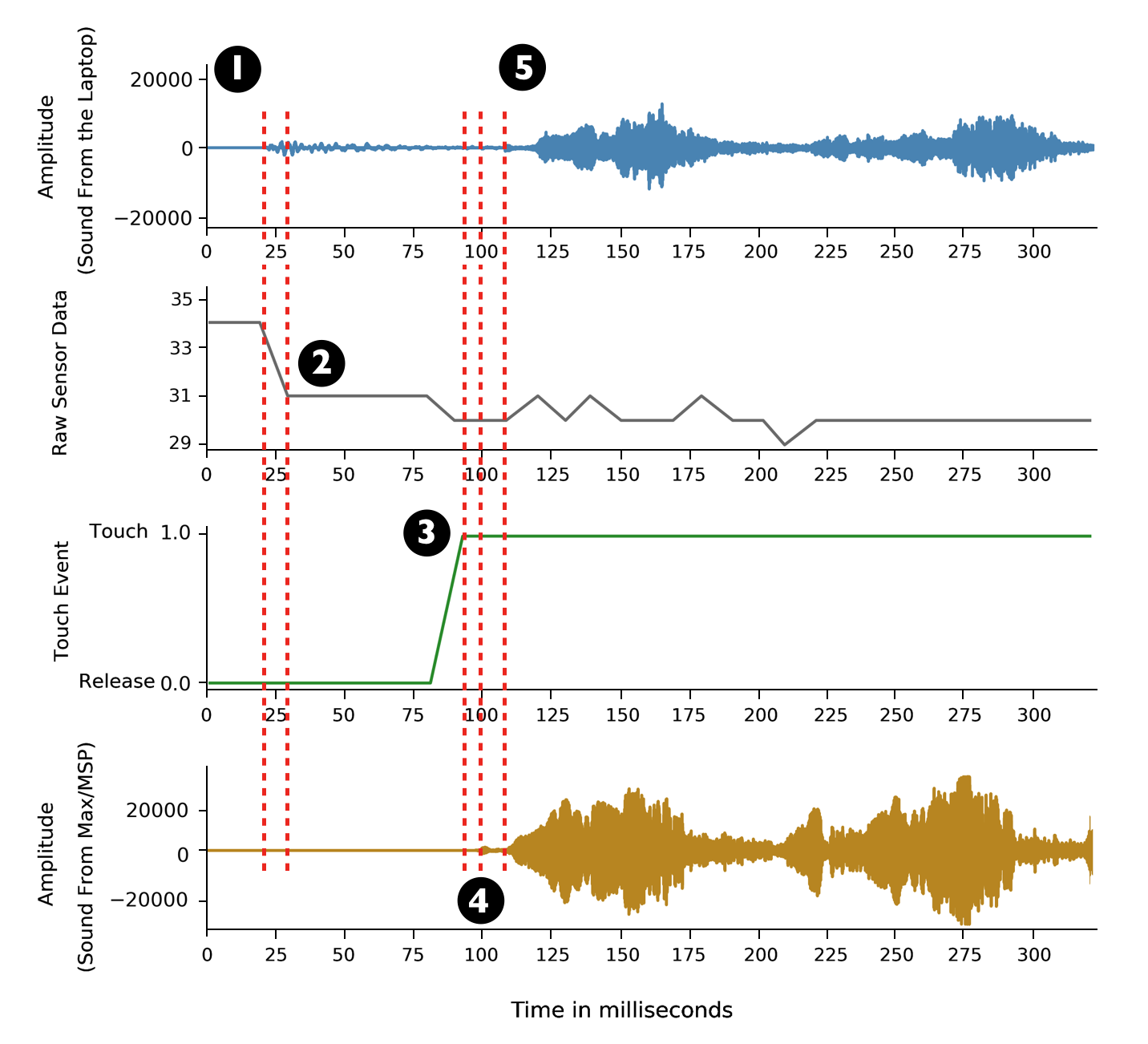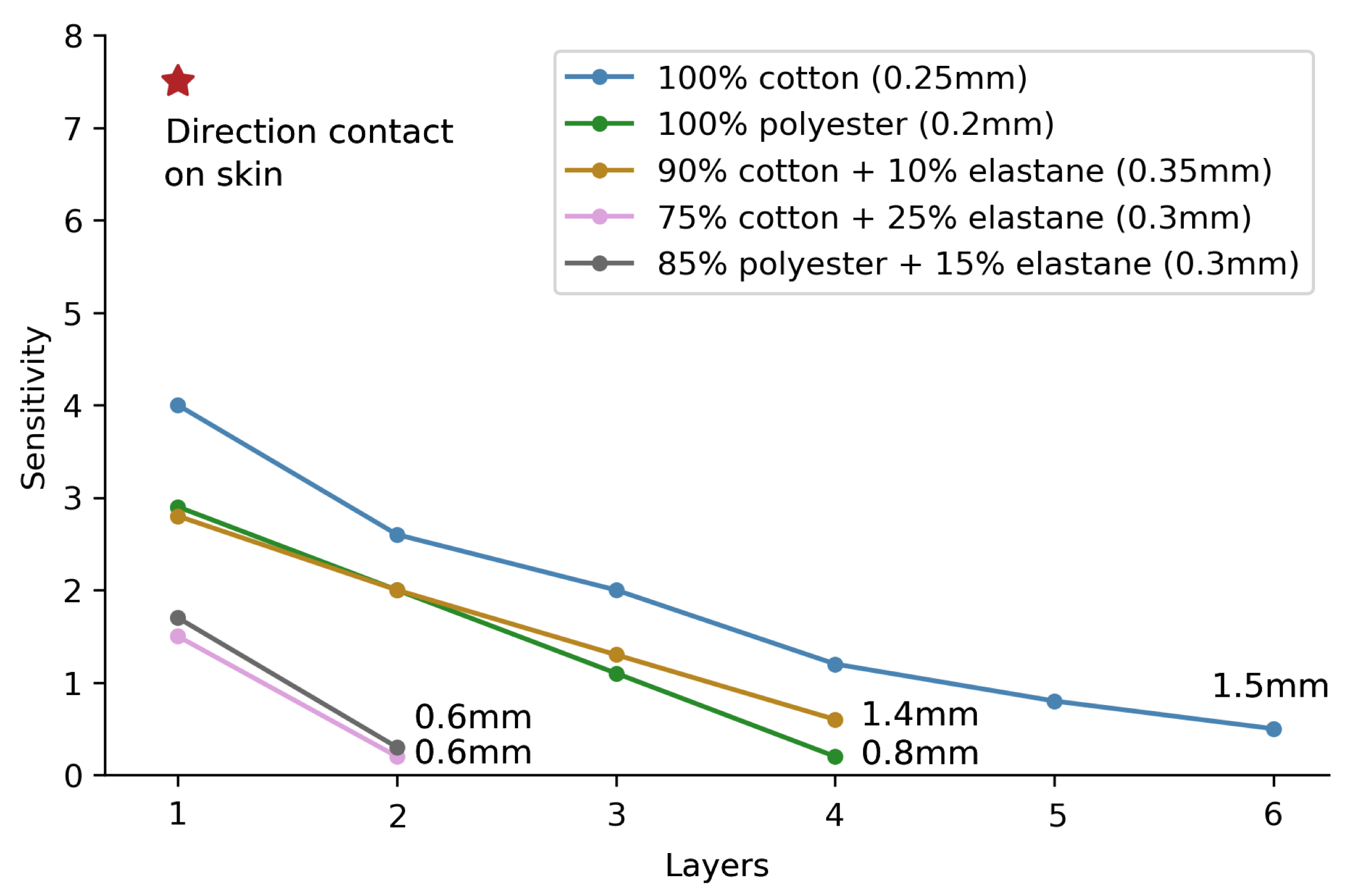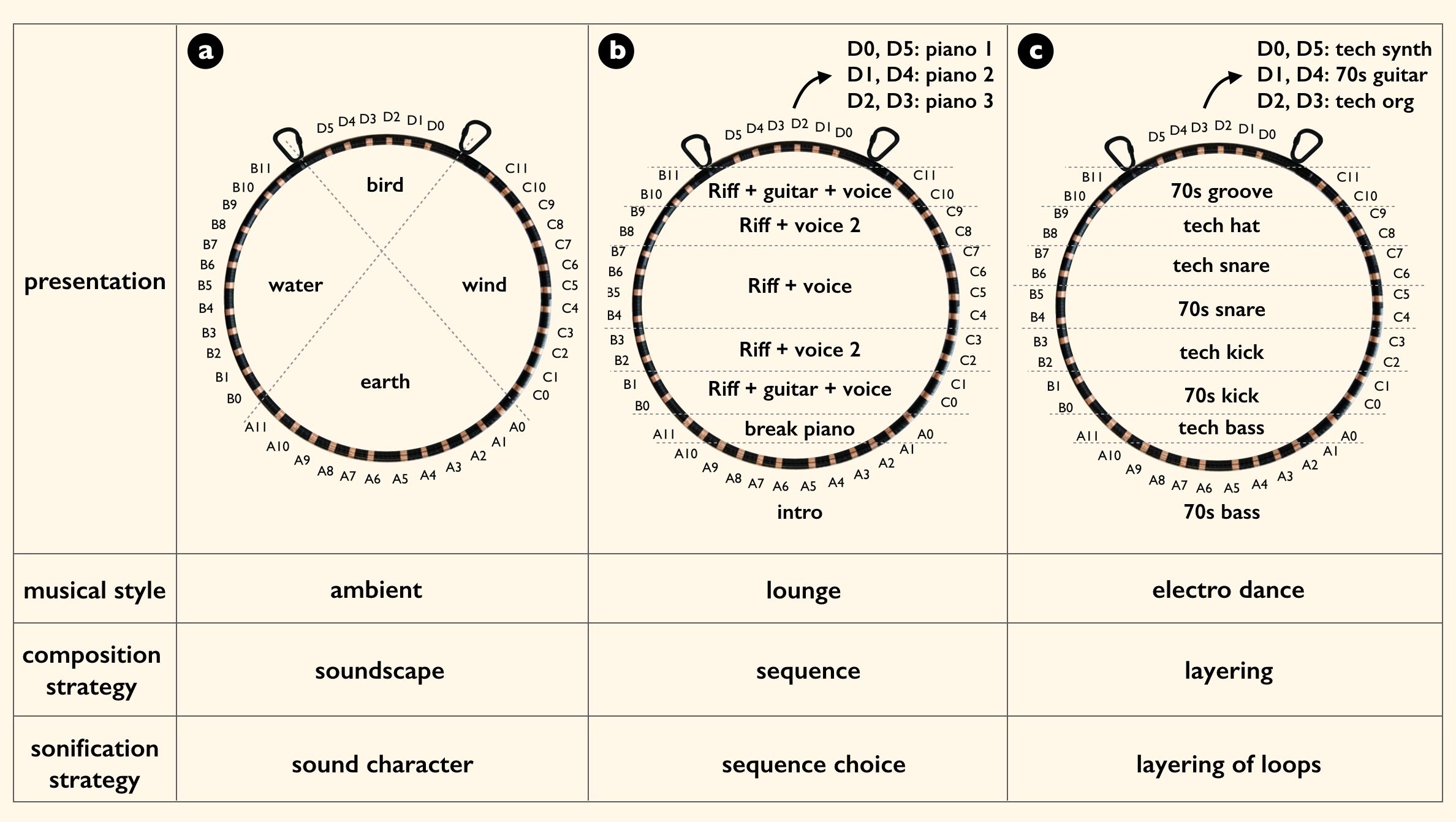Aerial hoops
An aerial hoop, also known as a lyra, an aerial ring or a cerceau, is a circular steel hoop that is suspended from a height, using specialized rigging straps and a combination of carabiners and swivels. The word lyra comes from the Latin word for "lyre", which is a harp-like musical instrument that has a circular shape. The first recorded use of an aerial hoop was by a performer called "Caedo" in 1893. Cirque du Soleil introduced the now-familiar circular form, and popularized it as an aerial art form in its shows in the mid-20th century. Now aerial hoop has transcended its stereotypical role as part of a circus act into special fitness programs offered in dance studios and gyms worldwide.







